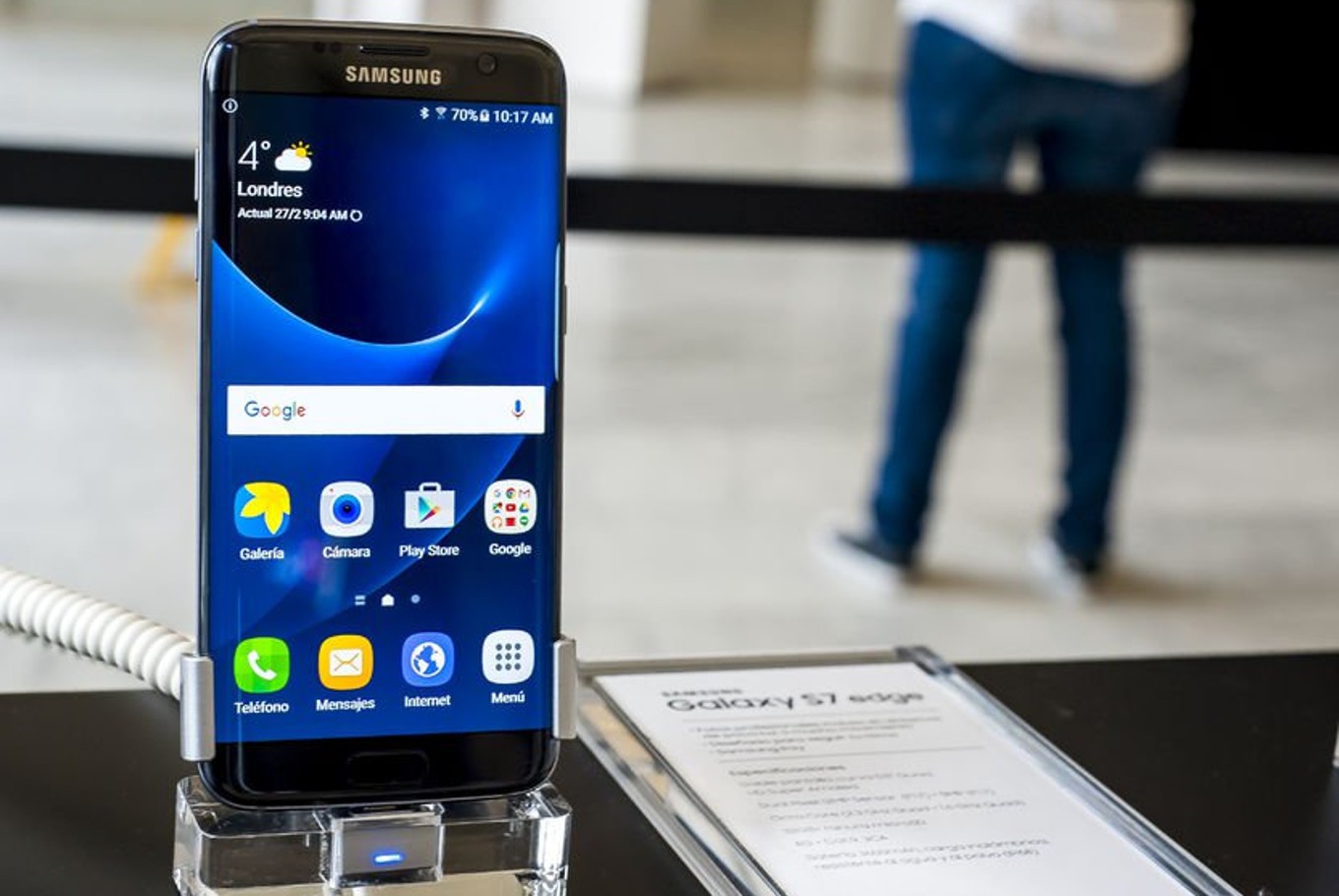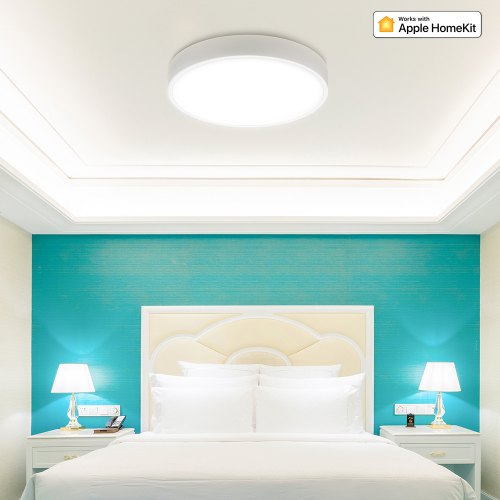

Optical image stabilisation, Phase detection with Dual Pixel, Object tracking AF, 4K video recording, LED flash are on board as well. They either pack a 12.2MP Sony IMX333 Exmor RS primary shooter and an 8MP Sony IMX320 Exmor RS one or a 12.2MP Samsung S5K2L2 ISOCELL rear camera and an 8MP Samsung S5K3H1 front one. As long as it concerns the camera department, the two models have variants, too. The latter can be expanded with up to 256GB. Either way, the chipset is coupled with 4/6GB of LPDDRX RAM, double-channel, clocked at 1833MHz, and 64/128GB of UFS 2.1 storage. The Exynos 8895 SoC features 4x 2.3GHz Exynos M2 Mongoose cores and 4x 1.7GHz Cortex-A53 CPU cores along with a 550MHz 20-core Mali-G71 MP20 GPU. The Snapdragon 835 SoC packs 4x 2.35GHz and 4x 1.9GHz Kryo cores along with a 710MHz Adreno 540 GPU.
#Samsung galaxy s8 built in network speed tester series#
In terms of performance, both models are available either with a Qualcomm Snapdragon 835 MSM8998 chipset or an Exynos 9 Series 8895 one. Both have a Super AMOLED panel with a WQHD+ resolution (1440 x 2960) and aspect ratio of 18.5:9. The S8+ is equipped with a 6.2-inch display with a pixel density of 529 ppi and a 3500 mAh battery.

The S8 has a 5.8-inch display with a pixel density of 570 ppi and a 3000 mAh battery.

The rest of the specifications of the two models are identical. Samsung Galaxy S8 and Galaxy S8+ differ only in dimensions, weight, display size, pixel density, and battery capacity. The review units have been provided by Specifications


 0 kommentar(er)
0 kommentar(er)
